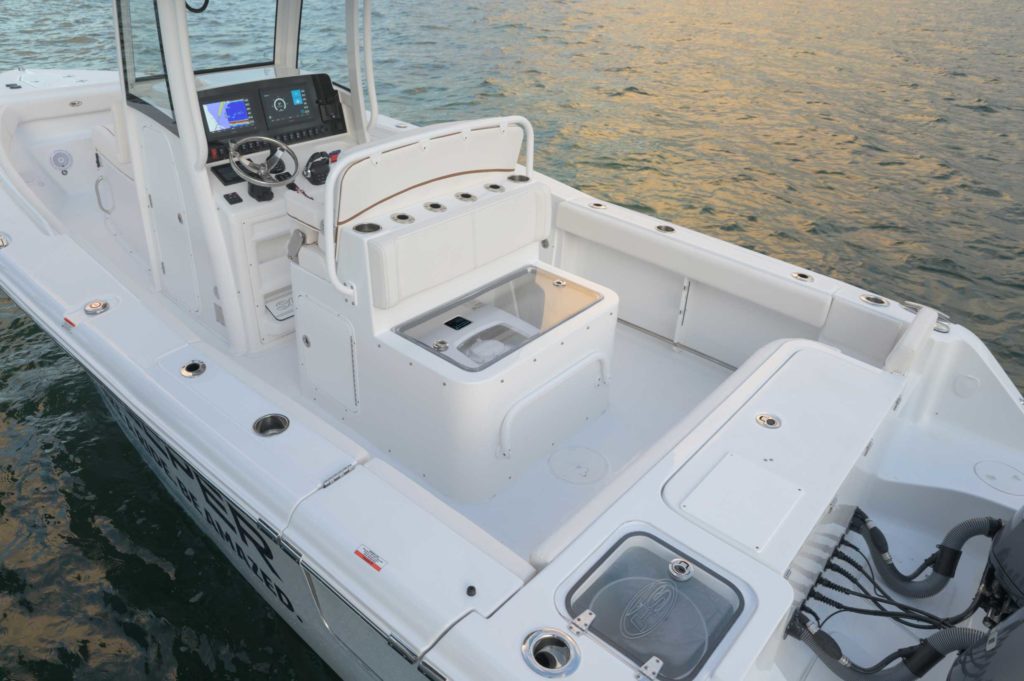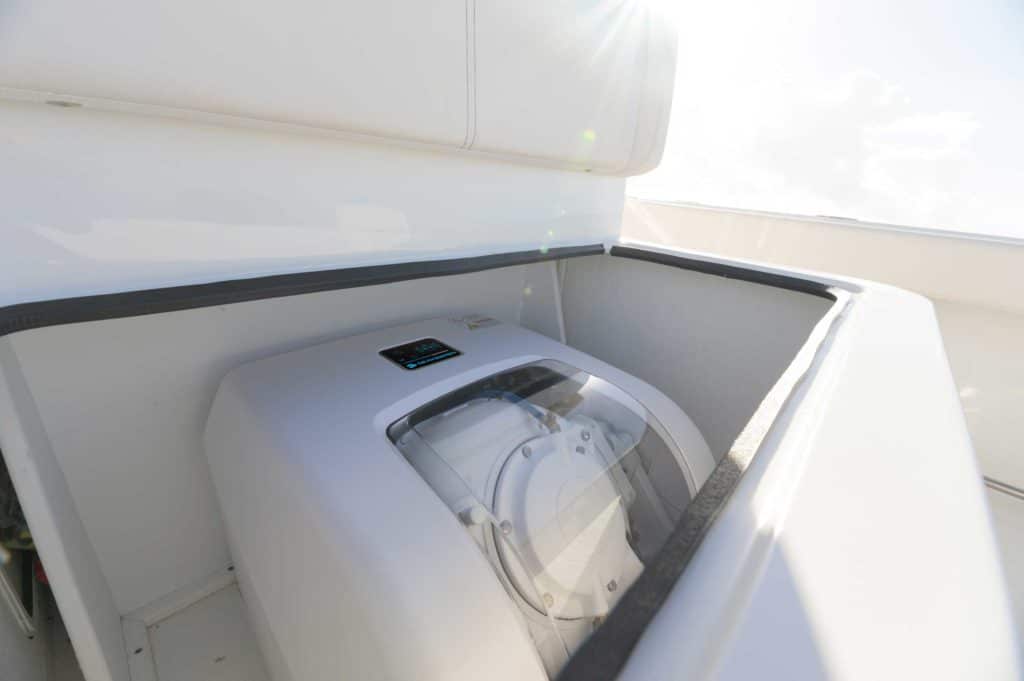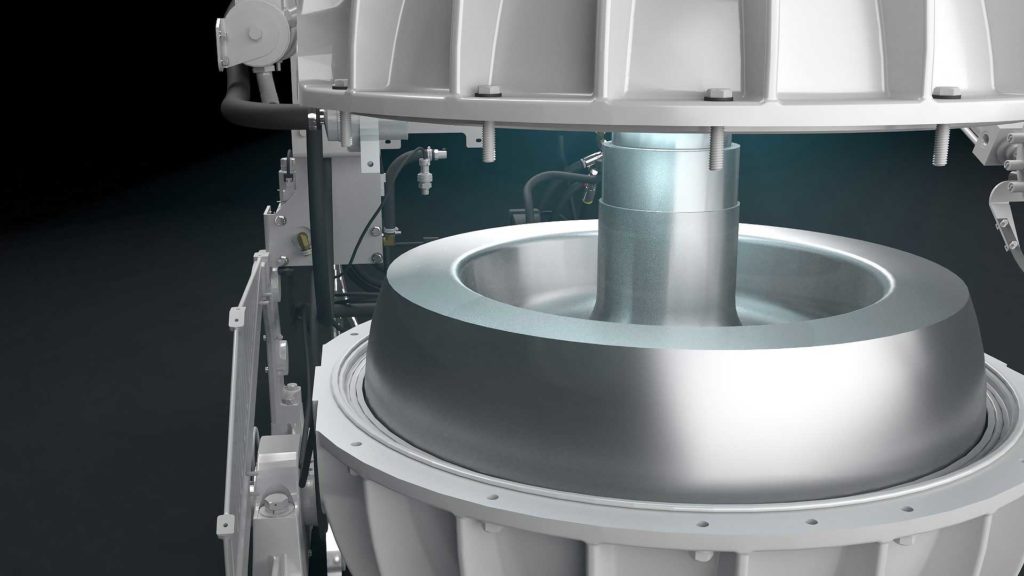
About a third of all people experience motion sickness, according to various medical sources. That likely means that one of every three people who tries saltwater fishing winds up feeling queasy.
Seasickness literally disqualifies a substantial percentage of potential anglers. That’s one reason gyro stabilizers have swept recreational boating in recent years.
Gyro stabilizers have been part of the marine world since the early 20th century, but only recently have such systems dropped in size and price enough to accommodate smaller fishing and pleasure craft. The smallest such unit yet — the Seakeeper 1, which debuted in early 2020 — fits vessels from 23 to 30 feet in length.

Seakeeper says the gyro stabilizer eliminates up to 95 percent of boat roll — that’s the side-to-side motion that generally makes folks feel ill. This technology does not affect pitch — the fore and aft motion a boat makes as it drifts, idles or runs through seas. To try to steady pitch could be dangerous as seas grow.
The Seakeeper 1 weighs 365 pounds and mounts flush to the deck, meaning no part of the device hangs below deck level. At 15.68 inches high, it can install beneath a standard vessel seat. The unit is powered by a 12V marine battery; it uses about 37 amps to start and 14 to 16 amps during operation — which is less power than a cranked-up stereo.
This small stabilizer comes with a control keypad on the unit itself, or it can be interfaced with onboard electronics for control at the helm. Seakeeper says the unit runs four to six hours on a single 12V marine battery. For longer run times, boaters can add more dedicated batteries.

Seakeeper’s other DC-powered stabilizers — Seakeeper 2 (for boats 31 to 35 feet) and 3 (for boats 36 to 39 feet) — weigh in at 414 and 550 pounds respectively. The angular momentum for these three small systems, considered the measuring stick for how much stabilizing power a gyro can have, ranges from 1,000 Newton-meter-seconds for the 1 to 2,000 N-m-s for the 2, and 3,000 N-m-s for the 3.
Gyro stabilizers take 15 minutes or so to spool up and begin stabilizing. Boaters use them while running or when stationary. When a boat is up on plane, stabilizers keep it running straighter so you can operate at higher speeds.
Read Next: Seakeeper Launches Stabilizer for Smaller Fishing Boats
“We’ve seen the popularity of our Seakeeper offerings in our larger LXF models with our customers, so as smaller gyro-stabilizing models have become available, we’re working to properly integrate these systems into select mid-size models as well,” says Alan Lang, director of sales and marketing for Scout Boats. “We are also one of the first companies to offer these as standard equipment on select models.”
A Seakeeper 1 unit costs $14,900; installation costs vary.
Credit: Courtesy Seakeeper
This how-it-works video explains what a gyro stabilizer does to quiet the roll of a boat and how it actually does that.








